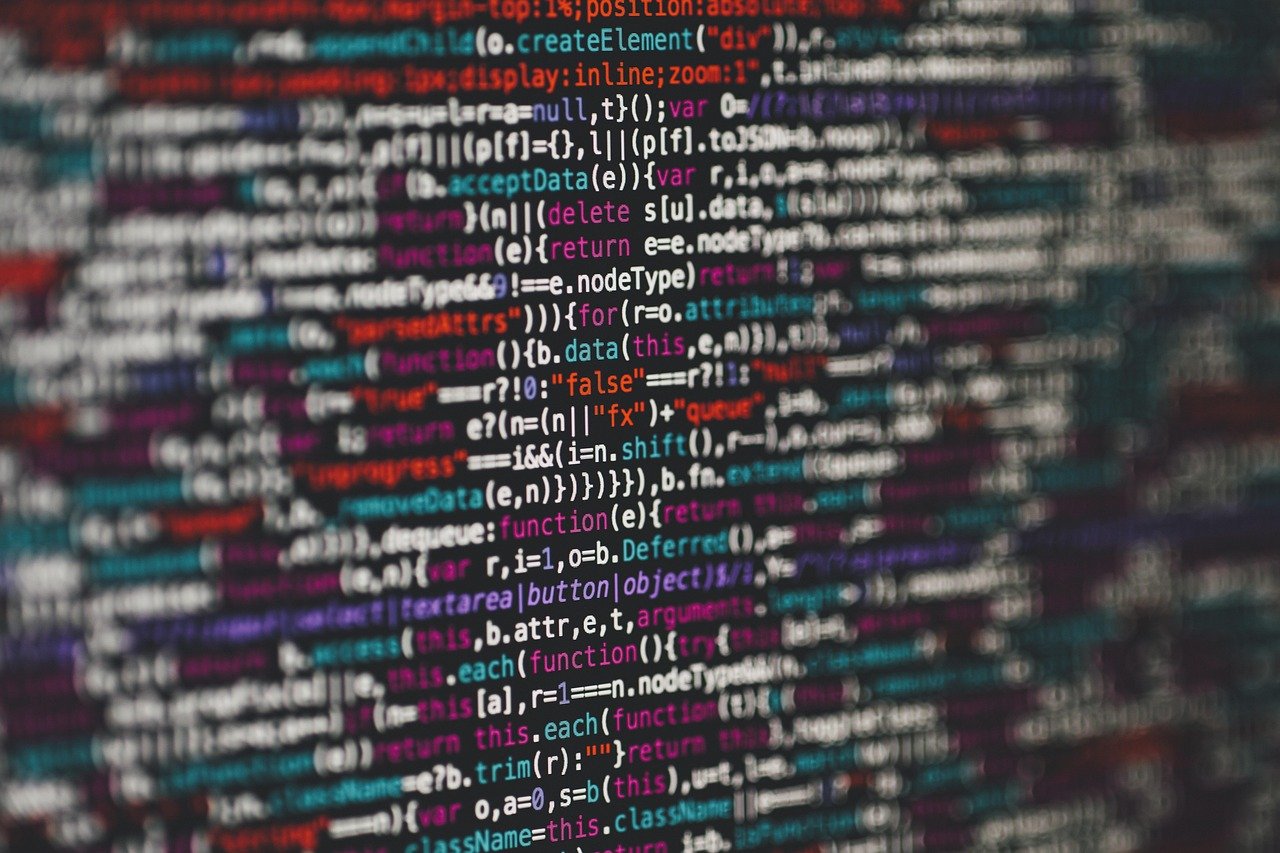Artificial intelligence is rapidly transforming our world, offering incredible potential to improve efficiency, personalize experiences, and solve complex problems. However, beneath the surface of this technological revolution lies a critical challenge: AI bias. If left unchecked, these biases can perpetuate and amplify existing societal inequalities, leading to unfair and discriminatory outcomes. Understanding the sources, impacts, and mitigation strategies for AI bias is essential for building a future where AI benefits everyone.
What is AI Bias?
Defining AI Bias
AI bias occurs when an AI system produces results that are systematically prejudiced due to flaws in the data used to train the AI, the design of the algorithm itself, or the way the technology is deployed. This bias can manifest as unfair or discriminatory outcomes for specific groups of people based on characteristics like race, gender, age, or socioeconomic status. It’s important to recognize that AI bias isn’t necessarily intentional; it often arises from unconscious biases present in the data or the assumptions made by developers.
Types of AI Bias
Several types of bias can creep into AI systems. Recognizing these is the first step towards addressing them.
- Data Bias: This is perhaps the most common type of AI bias. It occurs when the data used to train the AI system is not representative of the real-world population or contains existing prejudices. For example, if a facial recognition system is trained primarily on images of white faces, it may perform poorly when identifying people of color.
- Algorithm Bias: This type of bias arises from the design or structure of the AI algorithm itself. Certain algorithms may be more prone to overfitting to the training data, amplifying existing biases. Feature selection, where certain attributes are prioritized over others, can also introduce bias.
- Sampling Bias: This happens when the data collected for training does not accurately reflect the overall population you want the AI to work with. Imagine training a chatbot for customer service only with data from one region; it might not understand the accents or slang used by customers from other areas.
- Measurement Bias: This bias stems from how data is collected and labeled. If the metrics used to measure performance are themselves biased, the AI system will learn to perpetuate those biases.
- Association Bias: This occurs when AI systems learn and perpetuate negative stereotypes based on correlations in the data. For instance, an AI system might incorrectly associate certain job roles with specific genders based on historical employment data.
The Sources of AI Bias
Biased Training Data
The quality and representativeness of training data are crucial for developing fair and unbiased AI systems. If the data reflects existing societal biases, the AI system will inevitably learn and amplify those biases.
- Historical Data: Using historical data that reflects past discriminatory practices can lead to AI systems that perpetuate those practices. For example, a loan application system trained on historical lending data might unfairly deny loans to minority groups.
- Underrepresentation: If certain groups are underrepresented in the training data, the AI system will be less accurate and fair in its predictions for those groups. For example, medical diagnosis AI trained primarily on data from men might be less accurate in diagnosing women.
- Proxy Variables: AI systems can learn to use proxy variables – seemingly neutral factors that are correlated with protected characteristics – to discriminate indirectly. For example, using zip code as a proxy for race can lead to biased outcomes.
Algorithmic Design
The way an AI algorithm is designed can also introduce bias.
- Objective Functions: The objective function, which defines what the AI system is trying to optimize, can inadvertently prioritize certain groups over others. For example, an algorithm designed to maximize profit might prioritize customers who are likely to spend more, potentially discriminating against lower-income individuals.
- Feature Selection: The features (variables) that are selected for the AI system to learn from can influence its bias. Choosing features that are correlated with protected characteristics can lead to discriminatory outcomes.
- Model Complexity: Overly complex models can overfit to the training data, amplifying existing biases and leading to poor generalization to new data.
Human Bias in Design and Deployment
Human biases can seep into AI systems at various stages of development and deployment.
- Selection Bias: Developers may unconsciously select data or features that confirm their existing biases.
- Confirmation Bias: Developers may interpret the results of AI systems in a way that confirms their pre-existing beliefs, overlooking potential biases.
- Lack of Diversity: A lack of diversity in the teams that design and deploy AI systems can lead to blind spots in identifying and mitigating biases.
The Impact of AI Bias
Social and Economic Consequences
AI bias can have far-reaching social and economic consequences, perpetuating inequalities in areas such as:
- Employment: AI-powered recruitment tools can discriminate against certain groups, limiting their access to job opportunities. Studies have shown that some AI resume screening tools penalize women for using words typically associated with female experiences.
- Criminal Justice: AI-based risk assessment tools used in the criminal justice system can unfairly predict higher recidivism rates for minority defendants, leading to harsher sentences. COMPAS (Correctional Offender Management Profiling for Alternative Sanctions), a widely used risk assessment tool, has been shown to be racially biased.
- Healthcare: AI systems used in healthcare can provide inaccurate or biased diagnoses, leading to unequal access to quality medical care. For example, an algorithm used to predict which patients would need extra medical care showed racial bias because it used healthcare costs as a proxy for health needs, overlooking the fact that Black patients often have less access to care.
- Finance: AI-powered loan application systems can unfairly deny loans to minority groups, limiting their access to capital.
Ethical Concerns
Beyond the practical consequences, AI bias raises serious ethical concerns:
- Fairness and Justice: AI systems should be fair and just to all individuals, regardless of their race, gender, or other protected characteristics.
- Transparency and Accountability: The decision-making processes of AI systems should be transparent, and there should be clear lines of accountability when AI systems make biased decisions.
- Autonomy and Human Control: It is important to maintain human control over AI systems to ensure that they are used ethically and responsibly.
Mitigating AI Bias: Strategies and Best Practices
Data Auditing and Preprocessing
- Data Collection: Implement strategies to collect diverse and representative data. Actively seek out data from underrepresented groups and ensure that data accurately reflects the real-world population.
- Bias Detection: Use tools and techniques to identify biases in the training data. Analyze the data for patterns of discrimination and identify potential proxy variables.
- Data Preprocessing: Implement data preprocessing techniques to mitigate biases in the training data. This can include re-weighting data points, removing biased features, or generating synthetic data to balance the dataset.
Algorithmic Fairness Techniques
- Fairness-Aware Algorithms: Use algorithms that are designed to be fair and unbiased. These algorithms incorporate fairness constraints into the training process.
- Post-Processing Techniques: Apply post-processing techniques to adjust the output of the AI system to reduce bias. This can include adjusting the decision threshold or calibrating the probabilities.
- Explainable AI (XAI): Use XAI techniques to understand how the AI system is making decisions and identify potential sources of bias.
Monitoring and Evaluation
- Bias Monitoring: Continuously monitor the performance of AI systems for bias. Track metrics such as accuracy, precision, and recall for different groups.
- A/B Testing: Conduct A/B testing to compare the performance of different AI systems with respect to fairness.
- Regular Audits: Conduct regular audits of AI systems to ensure that they are fair and unbiased.
Ethical Considerations and Governance
- Ethical Guidelines: Develop clear ethical guidelines for the development and deployment of AI systems.
- Governance Frameworks: Implement governance frameworks to ensure that AI systems are used ethically and responsibly. This includes establishing oversight committees and developing clear accountability structures.
- Diversity and Inclusion: Foster diversity and inclusion in the teams that design and deploy AI systems. This will help to ensure that different perspectives are considered and that biases are identified and mitigated.
Conclusion
AI bias is a significant challenge that requires a multi-faceted approach. By understanding the sources and impacts of AI bias and implementing mitigation strategies, we can build AI systems that are fair, just, and beneficial to everyone. Proactive steps, from data auditing to algorithmic fairness techniques, alongside ethical considerations and governance frameworks, are necessary to create a future where AI empowers us all without perpetuating existing inequalities. Addressing AI bias is not just a technical challenge; it’s a societal imperative.




